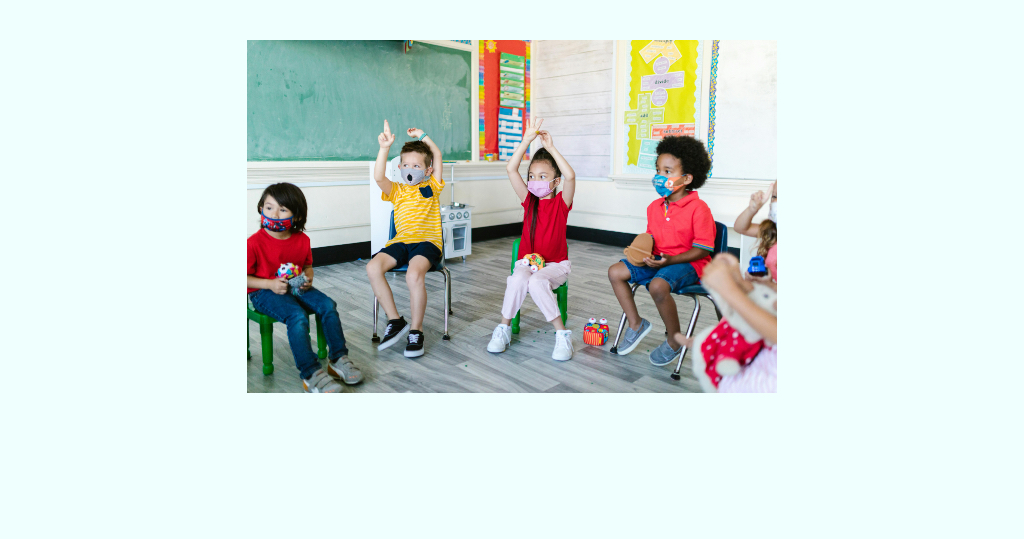What is Behavioural Therapy?
Behavioural therapy (BT) is a broad term that describes forms of mental healthcare focused on behavioural patterns, and how these patterns can connect with ones’ emotions and thoughts.
This form of therapy focuses on behavioural modifications by reinforcing behaviours and eradicating maladaptive/undesired behaviours, which as a result fosters positive behavioural change.
Who can benefit from Behavioural Therapy?
Anyone who is interested in behavioural change can benefit from Behaviour Analysis treatments. Although, you may have observed that your child may exhibit deficits in certain skills or display excessive behavioral patterns, which BT can target.
Some common examples include:
| Seeking of others (e.g.teachers, classmates) | Lack of social skills | Lack of waiting skills | Tantrums | Aggressive behaviors/ Self-behaviors |
| Distractibility | Self-stimulatory behaviors | Leaving the seat without permission | Hyperactivity/ fidgeting | Disruptive behavior (e.g., throwing and breaking objects) |
How can Behavioural Therapy help?
There are several popular forms of behavioural therapy. Behavioural therapists may utilise one or a combination of techniques, depending on the child’s unique and personal needs. ABA (Applied Behaviour Analysis) is arguably the most used intervention treatment. In ABA therapy, positive reinforcement is one of the most used strategies. When a behaviour is followed by something that is valued (a reward of sorts), the child is more inclined to repeat that behaviour. Over time, this will encourage a positive and meaningful behaviour change.
Understanding what happens before and after a behaviour is an important part of ABA therapy. Therefore, the ABC (Antecedents, Behaviour, Consequences) model is commonly applied to address specific psychological concerns such as but not limited to, anger management.
An Antecedent: this is what occurs right before the target behaviour. It can be verbal, such as a command, or physical, such as a light, sound, or something in their surroundings. It can also be internal, such as a thought or feeling.
A Behaviour: This is the child’s response or lack of response to the antecedent. This can be in the form of an action, a verbal response, or something else.
A Consequence: this occurs directly after the behaviour. It can include positive reinforcement of the desired behaviour, or no reaction for the maladaptive behaviour.
Within ABA there are also other methods such as but not limited to Functional
Communication Training (FCT) and Positive Behaviour Support (PBS), as shown below:
How is Behavioural Therapy structured?
Ultimately, our main goal is to reinforce desirable behaviours and eliminate unwanted ones in a safe and constructive manner.
As a starting point, an initial assessment will be carried out by our therapist. We will often use the ABC model for the initial assessment of problem behaviours to then understand better the ‘active ingredients’ for an undesired behaviour. Clinical observations at school are crucial.
Based on observations from the initial assessment, our therapist will develop a customized treatment plan, including specific goals and interventions to address the child’s unique needs.
Treatment sessions are carried out regularly (e.g., once/twice per week, or daily intensive sessions). Our therapist will use various strategies and activities accordingly to achieve the previously determined goals, allowing children to become more accepted in society and be more confident in their environment.
For a full behavioural therapy assessment, caregivers will get a comprehensive report containing detailed information on how they should proceed with treatment, intervention goals, as well as home and school recommendations for the child so that their teachers and caregivers can be guided to support the child in all settings.
Behavioural Therapy offered at SpeechUp:
As previously mentioned, behavioural therapy can be utilised to treat a wide range of psychological conditions and disorders, and at SpeechUp, we specialise in focusing on children who may have ADHD, ASD, and anger issues.
We have a behavioural therapy package that includes:
- 1.One initial assessment with a summary report
- 2.Up to 64 intensive treatment therapy sessions of 50 minutes each
- 3.At the initial assessment,the therapist will recommend one-on-one intervention sessions or group sessions based on the child’s individual needs.
In some cases, we can provide online therapy sessions or parent training through telehealth, which can be further discussed and determined during the initial assessment process.
什么是行为治疗?
行为治疗是一个广泛的术语,它描述了专注于行为模式的心理保健形式,以及这些模式如何与人的情绪和思想联系起来。
这种形式的治疗侧重于通过强化行为和消除适应不良行为来改变行为,从而促进积极的行为改变。
谁会需要行为干预?
您或许已经留意到,在儿童的成长过程中,他们可能会在某些技能上表现出不足,或者有时会有过分的行为表现,常见如下:
| 寻求他人注意力 (如老师、同学) | 缺乏社交技巧 | 缺乏等待的技能 | 发脾气 | 攻击行为 |
| 注意力不集中 | 自我刺激 | 擅自离开座位 | 多动/坐立不安 | 破坏性行为 (丢东西、摔椅子) |
行为治疗有何帮助?
行为治疗有几种主流模式,行为治疗师可以根据儿童的独特性与个人需求使用一种或多种技术的组合。 ABA(应用行为分析)可以说是最常用的干预治疗。在 ABA 疗法中,正强化是最常用的策略之一。当某种行为之后伴随着某种有价值的东西(某种奖励 )时,儿童就更倾向于重复这种行为。随着时间的推移,这种鼓励将产生积极且有意义的行为改变。了解行为前后发生的情况是 ABA 治疗的重要组成部分。
因此,ABC(前因、行为、后果)模型通常应用于解决特定的心理问题,例如但不限于愤怒管理。
- 前因:这是在目标行为之前发生的事情。它可以是口头的,例如命令;可以是物理的,例如光、声音或周围的东西;也可以是内在的,例如想法或感觉。
- 行为:在前因出现后,儿童会发生反应或缺乏反应,可能体现在行动、口头回应或其他形式。
- 结果:结果直接发生在行为之后。它可以包括对所需行为的积极强化,或对适应不良性行为不做出反应。
ABA 中还有其他方法,例如但不限于功能性沟通训练 (FCT) 和系统脱敏疗法。

SpeechUp 的行为治疗是怎么样的?
最终,我们的主要目标是以安全和具建设性的方式强化理想的行为并消除不需要的行为
首先,我们的治疗师将进行初步评估。我们通常会首先使用 ABC(前因、行为、后果)模型对问题行为进行初步评估,以便更好地理解不良行为的“活性成分”。在学校的临床观察至关重要。
根据初步评估的观察结果,我们的治疗师将制定个性化的治疗计划,包括满足儿童独特需求的具体目标和干预措施。
定期进行治疗(例如每周一次/两次,或每日密集式治疗)。我们的治疗师将相应地使用各种策略和活动来实现先前确定的目标,让儿童在社会中变得更加被接受,并对他们的环境更加自信。
在一阶段治疗后,治疗师会对短期目标进行审查和更新。在整个治疗过程中,治疗目标将根据需要进行调整。
在治疗过程中,我们鼓励照顾者参与并鼓励他们的儿童。
SpeechUp提供的行为干预:
如前所述,行为干预特别适用于处理行为和发展障碍,如自闭症谱系障碍(ASD)和注意缺陷多动障碍(ADHD)。在SpeechUp,我们特别关注这些领域的儿童,以及 那些面临情绪调节问题的儿童。
我们有阶段性的行为干预套餐,其中包括:
- 1,1份初步评估及总结报告
- 2,每次50分钟
- 3,在初次评估时,治疗师会根据孩子的评估情况推荐一对一干预课或小组课
我们可以通过线上干预的方式为合适的儿童提供干预课程或家长指导。请在初步评估 过程中与我们进一步讨论并确定。

Copyright © 2023 www.speechup.cn 沪ICP备2021000671号-3
